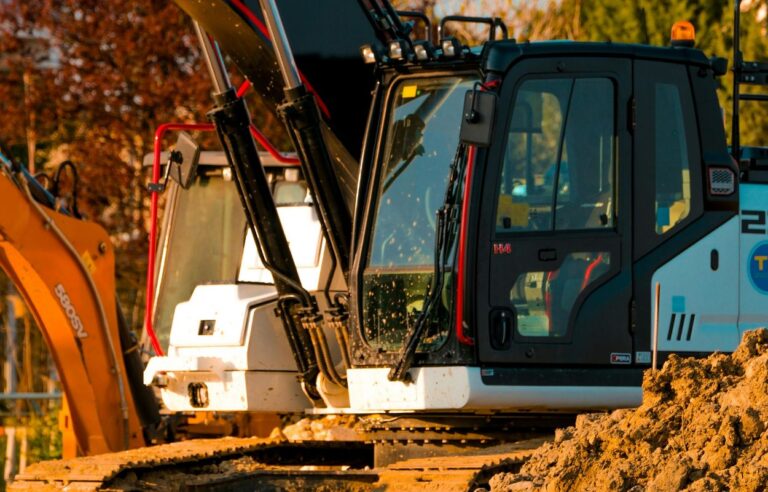
If you’ve recently discovered lead paint or lead dust in your home, don’t panic. You’re not alone, and there’s help available. Many older homes, especially those built before 1978, may still contain lead-based paint. And if you’re living in a beautiful historic home in Victoria, this could be something to look out for. The good news? Professional lead abatement can make your space safe again. Let’s walk through the process step by step in a friendly, down-to-earth way.
WHAT IS LEAD ABATEMENT, ANYWAY?
Before we dive into the process, let’s make sure we’re on the same page. Lead abatement is the process of permanently removing or sealing off lead-based paint or lead-contaminated dust from a building. Unlike short-term cleanup, lead abatement is a long-term solution. The goal is to eliminate the hazard so your family, pets, and visitors are protected from lead exposure.
INSPECTION AND TESTING COME FIRST
The first step in any professional lead abatement job is testing. A certified inspector comes to your home to check for the presence of lead. They use tools like X-ray fluorescence (XRF) machines or lab testing of paint and dust samples. You can’t see or smell lead, so this testing is really important. It helps the team figure out exactly where the lead is and how bad the problem is. They look at painted surfaces, window sills, floors, and even the soil around your house. Once they have results, they can create a clear plan for removal or containment.
SETTING UP A SAFE WORK ZONE
Safety is everything when it comes to lead abatement. Once the team knows where the lead is, they’ll prepare the area. That means sealing off the space with plastic sheeting and setting up warning signs to keep people out. They also turn off HVAC systems to keep dust from spreading. Workers wear protective gear like suits, gloves, and respirators. It may look like something out of a sci-fi movie, but it’s all about keeping everyone safe.
REMOVING OR SEALING THE LEAD MATERIALS
This is the heart of the abatement process. Depending on your situation, the team might choose different methods to deal with the lead. Let’s break them down.
Paint Removal:
This involves scraping, sanding, or stripping away lead-based paint. Workers use special tools and methods that keep dust to a minimum. They also use HEPA vacuums to clean up as they go.
Encapsulation:
Sometimes, it makes more sense to seal the lead paint rather than remove it. In this case, they apply a special coating that creates a barrier over the lead surface. This is quicker and less disruptive, but only works if the paint underneath is in good shape.
Enclosure:
This means covering the lead surface with something new. For example, putting up new drywall over a lead-painted wall. It’s like putting a lid on the problem and sealing it away.
Soil Replacement:
If testing finds lead in the soil around your home, the team might dig out the top layer and replace it with clean soil. This is especially important if kids play in the yard.
CLEANUP IS SERIOUS BUSINESS
Once the removal or sealing is done, cleanup begins. And it’s not just a quick sweep-up. Lead dust can linger on floors, walls, and in the air. That’s why professionals use powerful HEPA vacuums and wet-wipe everything multiple times. They check every nook and cranny. Floors, windowsills, baseboards—everything gets a deep clean. This step is super important to make sure the area is completely safe to use again.
CLEARANCE TESTING TO DOUBLE-CHECK EVERYTHING
After the cleaning is finished, it’s time for clearance testing. This final step makes sure the area is lead-free and safe. A certified inspector will come back and take samples from the air and surfaces. These samples go to a lab for analysis. If the results show that the lead levels are below safety standards, you’re good to go. If not, more cleaning may be needed. But don’t worry—your abatement team won’t leave until it’s safe.
WHEN CAN YOU RETURN TO THE SPACE?
You might be wondering how long you’ll need to stay out of the affected area. It depends on how big the job is. Some projects take just a day or two. Others, especially full-home abatements, may take longer. The team will give you clear instructions. They’ll let you know when it’s safe to go back inside. And you can relax knowing your home is now a healthier place to live.
WHY PROFESSIONALS MAKE ALL THE DIFFERENCE
You might think about doing this yourself to save money. But lead abatement is not a good DIY project. The risks are just too high. Professionals are trained and certified. They know how to do the job safely and follow all local rules and regulations. In places like Victoria, there are strict guidelines for handling lead. Hiring a certified team ensures the job gets done right. Plus, you’ll get proper documentation in case you ever sell your home. So if you’re dealing with lead, don’t stress—just call in the pros. When it comes to lead abatement in Victoria, local teams know exactly what to do.
KEEPING YOUR HOME SAFE FOR THE FUTURE
Once the job is done, you’ll want to keep your home lead-safe. Here are a few tips:
-
Repaint walls regularly to keep old paint sealed.
-
Clean floors and window sills often using damp cloths.
-
Don’t let dust build up—vacuum with a HEPA filter.
-
Test your home again if you renovate or disturb painted surfaces.
Lead safety is an ongoing process. But with the right steps, you can protect your home and everyone in it.
FINAL THOUGHTS ON LEAD ABATEMENT
Lead might be hidden, but its effects are serious. Especially for kids and pregnant women. But the good news is that help is available—and it works. Professional lead abatement teams have the tools and training to handle it all. From testing to final cleanup, they make sure your space is safe and healthy. If you’re living in an older home and suspect a lead issue, don’t wait. Call a certified expert for lead abatement in Victoria. You’ll breathe easier knowing your home is clean, safe, and ready for the future.



